Brand ambassador interview: Ludo Ducrocq, Grant’s
let’s begin
On the brand consulting side of my business I have been fortunate to work with a number of fascinating and passionate people in the whisky business to help build their brands but one of those people who, since the first time I met him, has left a positive mark is Ludo Ducrocq, the Chief Brand Ambassador for Grant's.
I caught up with Ludo over dinner a few months ago and followed up with an interview, here’s what he had to say…
I guess it would be handy for readers to understand what your role and day to day responsibilities are working at William Grant & Sons?
Ludo: I lead the strategy for our Brand Ambassador programme, which as well as setting the vision for our 85 Ambassadors in the real and digital world, involves managing various aspects of recruitment, training and succession planning. Externally, I share our brand stories across our portfolio, especially with journalists.
You have quite an interesting history within the industry, can you give GreatDrams readers an overview of your career journey to date?
Ludo: It’s actually pretty straight forward even if it has involved a lot of time in the air and too many stamps in my passports. I joined William Grant & Sons fresh from university as a Glenfiddich Distillery Tour Guide in 2000. I quickly took a leadership role within our Visitor Centre and started travelling abroad from 2001 to educate the trade on our whiskies.
I became the Global Ambassador for Glenfiddich in 2004 and changed brands in 2009 to focus on our blends as the first Global Ambassador for Grant’s whisky. By 2013, our investment behind our Brand Ambassador programme grew to a point where there was a need for a full-time person to take ownership of it. I gladly put my hand up.
How would you describe the uniqueness of the Grant’s range, what makes Grant's stand out from other brands?
Ludo: Grant’s is the oldest and most popular family-owned blended Scotch whisky.
Unusually, William Grant started his whisky venture as a malt distiller and only later became a blender. Many of today’s famous brands were first blended by successful grocers who subsequently acquired their own distilleries.
Grant’s was first blended in William’s hometown – Dufftown in the Speyside region. Perhaps unsurprisingly, he chose to create a blend which would capture the style of the Speyside region and it is exactly what our 6th Master Blender aims to produce today; a rich, sweet, honeyed and fruity blended whisky, with a slight hint of peat.
As well as our signature expression, called The Family Reserve, we have a range of unique blends such as Grant’s Ale Cask, the only Scotch whisky matured in beer casks; and Grant’s 25 Years Old, which contains whisky from closed distilleries such as the Ladyburn lowland distillery.
Can you please talk about what Grant's means to you and what you think it means to consumers around the world?
Ludo: Grant’s is like a close friend to me. I know ‘him’ better than most of his other friends do yet I learn more about him every time I interact with him. He’s been beside me during the good and sad times. I often take him for granted (pardon the pun), even though I shouldn’t.
I can’t imagine a decent party without him but I do have other friends. I feel quite protective of him and I must admit I am slightly jealous of the new Grant’s ambassadors who are developing a similar relationship with him.
So yes, to me Grant’s is very much like a close friend.
How whisky lovers feel about Grant’s is a lot harder to answer without broad generalisations. In emerging markets, it’s a status symbol – evidence that you’re making it in life. You want to tell the world and celebrate your success with your friends and the people who helped you on your journey. In more mature markets, it’s the understated dram of choice for people in the know.
What of your work with Grant's are you most proud of and why?
Ludo: As a family business, we take pride in being able to react quickly to opportunities. We have very little red tape and this was obvious when our archivist unearthed records of the whiskies used in a particular batch of Grant’s in 1912. All it took was a short conversation with our Master Blender and we both knew we had to recreate it. I secured a small budget for the project, invited a few whisky writers and bloggers to help us and set about recreating this piece of history exactly 100 years to the day after the date recorded in the book.
The most fun yet I’ll admit – slightly messy – part was filtering the final blend through egg whites.
This is how we believe William Grant would have filtered his early blends. However, this hadn’t been done in the industry for years so our technical team had to stretch their expertise to make it work. It wasn’t a commercial success (we had agreed to produce only 100 bottles for our ambassadors, our Master Blender and I to share with our whisky friends) but it was particularly enjoyable, educational and rewarding. I now have fewer than a dozen bottles left. I’ll make sure to bring a sample next time we meet.
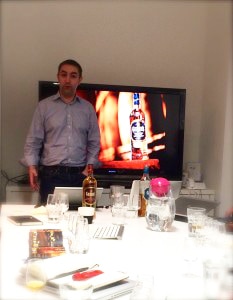
How important is packaging in consumers’ decision making?
Ludo: It’s the first thing you see and touch before you taste a whisky and unless you break into a warehouse and pour yourself a dram from a cask, it’s impossible to buy whisky from a shop without interacting with its packaging. Even in bars, most people find themselves looking at the shelves to choose their whisky.
There is no doubt in my mind that packaging plays an important part in the decision-making process, including packaging which is designed to look like it wasn’t designed. Let’s also not forget the importance of gifting. In the UK for example, we estimate that 68% of shoppers purchase whisky as a gift. In other words, in many cases, it is bought by someone who may not know what the whisky tastes like.
Our research also clearly shows that the Grant’s iconic triangular bottle, which was introduced in the 1950s, is one of the things people immediately think of when they are asked about Grant’s.
What are the biggest challenges you’re facing at the minute in getting your message out?
Ludo: One of the biggest challenges is that Grant’s is a truly global brand. I do not know one whisky market where Grant’s isn’t available and our budgets aren’t unlimited, which means we need to focus our investment on regions which show the biggest potential. We often say we wouldn’t need to advertise at all if we could bring every potential customer to our distilleries in Scotland so they can see for themselves how our whiskies are distilled, matured and blended. Unfortunately this isn’t a viable option.
Which brands are doing the most interesting things in the whisky category at the minute?
Ludo: From a business perspective, I can’t help but notice how the Japanese are able to maintain a very premium price positioning. They are in a particularly healthy position which is unlikely to change for some time. Irish whiskey is also turning heads with its impressive sustained growth; something we are contributing to with the new distillery we opened in Tullamore last year. Everybody in Scotland is also delighted with the smaller distilleries which are being built around the country (some with the help of bigger producers). This is a sign of a vigorous industry.
Finally, aside from your own, what would be your top three whiskies? Does it differ by occasion?
Ludo: I do love our own whiskies, especially because I have personal connections with them. Knowing the stillmen or the Malt Master at Balvenie does make me enjoy our drams that little bit more. Nevertheless, I regularly choose other whiskies depending on who I am with, the mood I am in or indeed where I am. It’s very difficult to say no to a Taketsuru 17 in Japan, a Bushmills 16 in Ireland or a Lagavulin 16 on Islay.

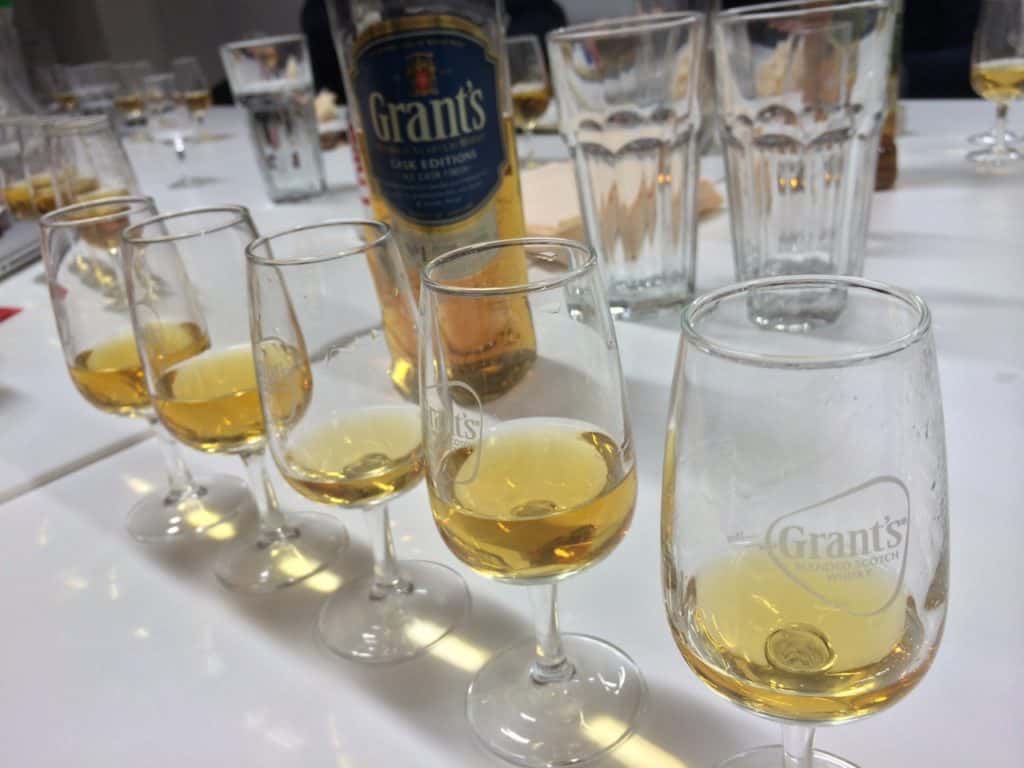
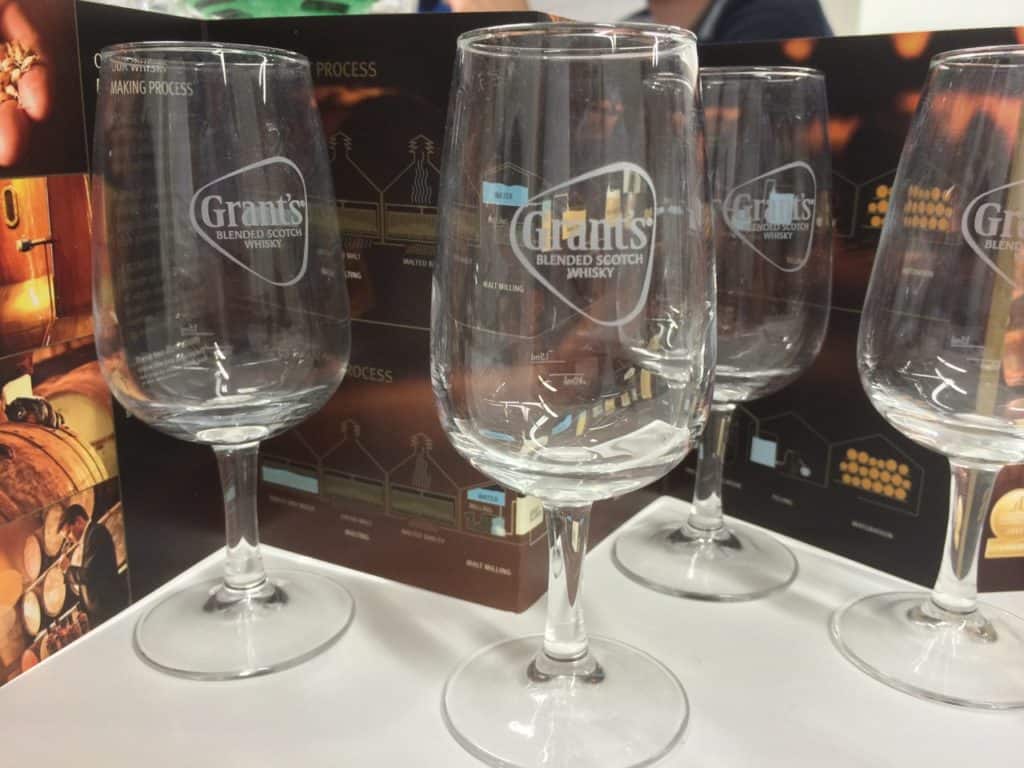
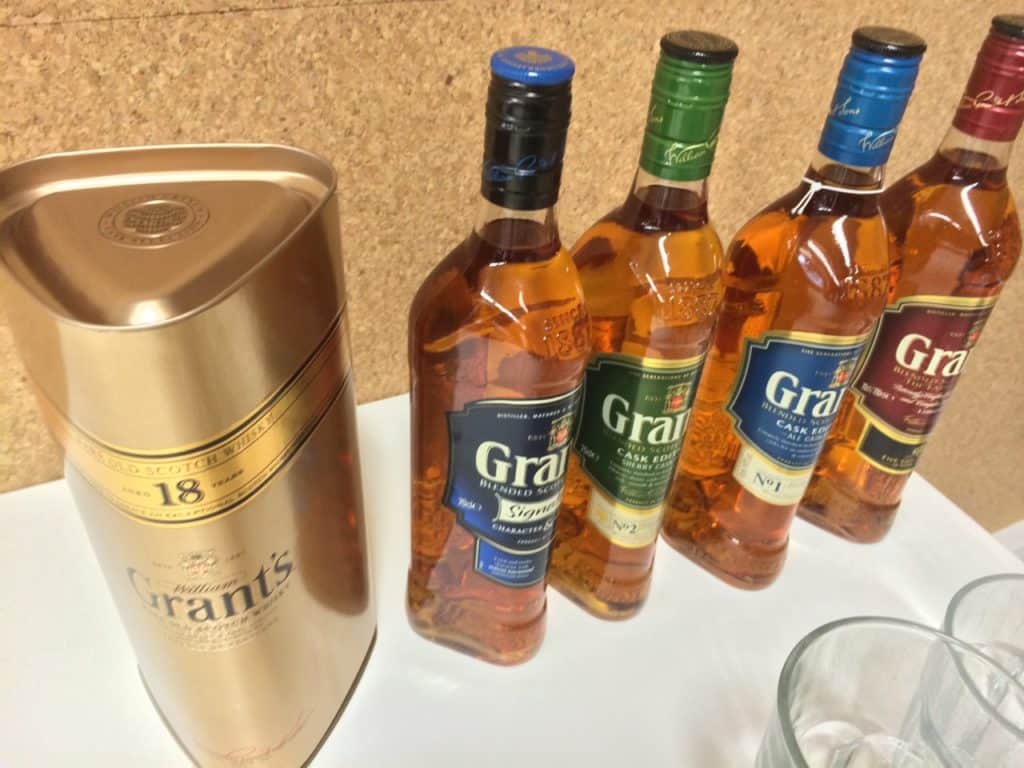
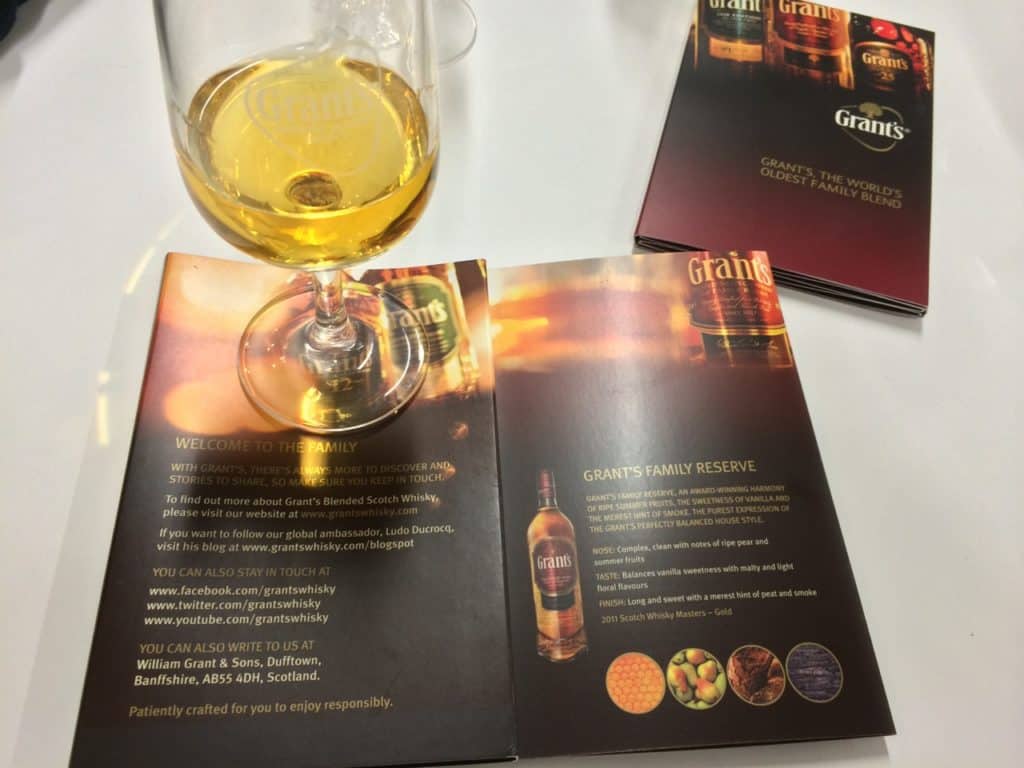



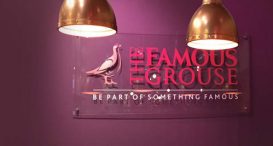
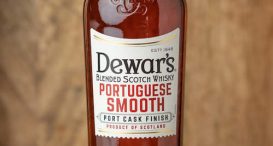


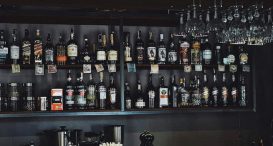

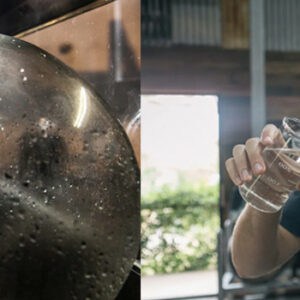
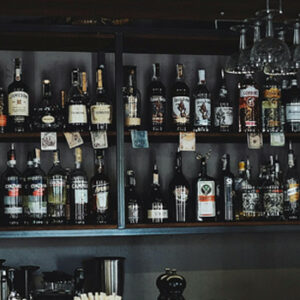
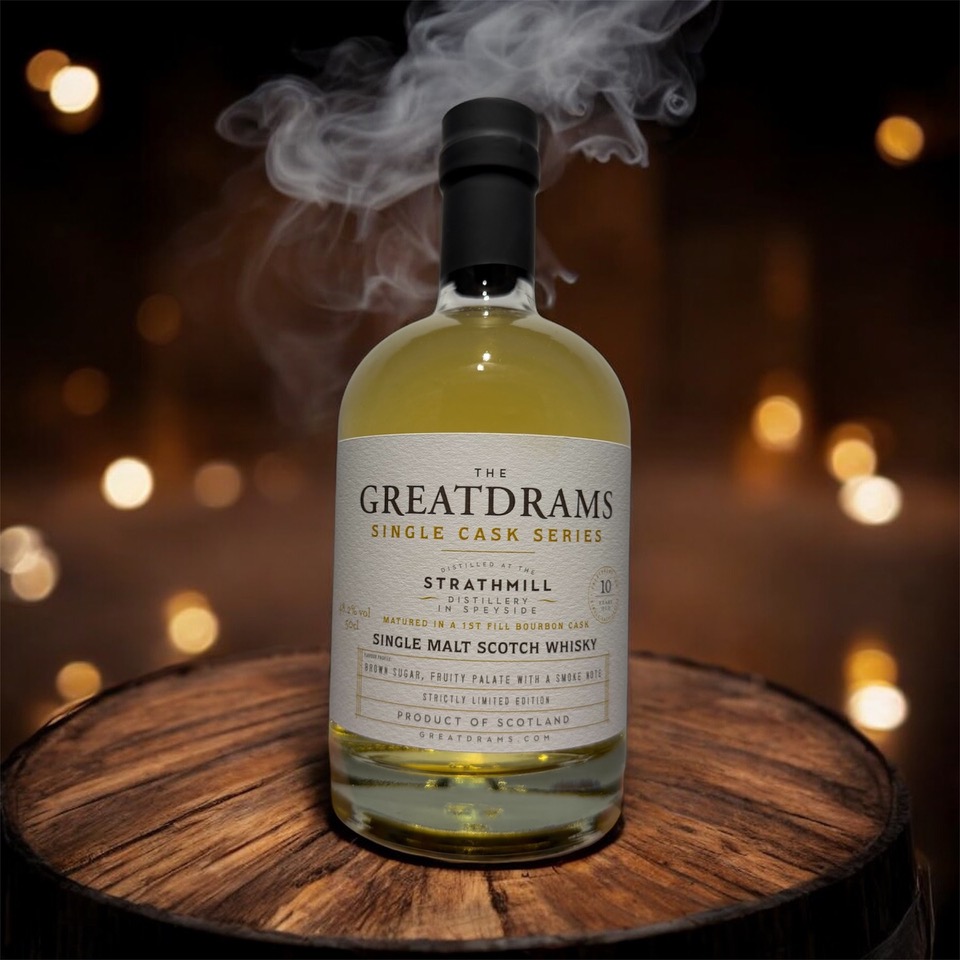



1 thought on “Brand ambassador interview: Ludo Ducrocq, Grant’s”